Seville is a city that invites you to spend many hours exploring the outdoors. The Andalusian capital can be better discovered when you take a stroll through its streets and squares, some of which boast a great beauty that are hidden in corners and often do not even appear on maps. However, Seville is also a city open to culture since it has an extensive catalogue of museums. Here is a selection of our top ten museums to visit on your next trip to the city.
Contenido / Contents
- Museo de Bellas Artes (Museum of Fine Arts)
- Centro Andaluz de Arte Contemporáneo (Andalusian Contemporary Art Centre)
- Museo del Baile Flamenco (Flamenco Dance Museum)
- Museo Taurino (Bullfighting Museum)
- Casa de la Ciencia (The Science House)
- Museo Histórico Militar (Military Historical Museum)
- Museo Naval (Naval Museum)
- Museo Arqueológico (Archeological Museum)
- Museo de Artes y Costumbres Populares (Museum of Arts and Popular Customs)
- Museo de Carruajes (Carriage Museum)
Museo de Bellas Artes (Museum of Fine Arts)
This is an entire institution of the Sevillian and Andalusian museums. Its galleries are full of works from international artists, such as Zurbarán and Murillo, as it is one of the most extensive baroque art galleries in Spain. It is not surprising, of course, that it is the museum itself that gives its name to the road on which it is located (Plaza del Museo, 9). It should be noted that this building is just 300 metres from the Urban Hostel Sevilla, so there is no excuse not to visit it.
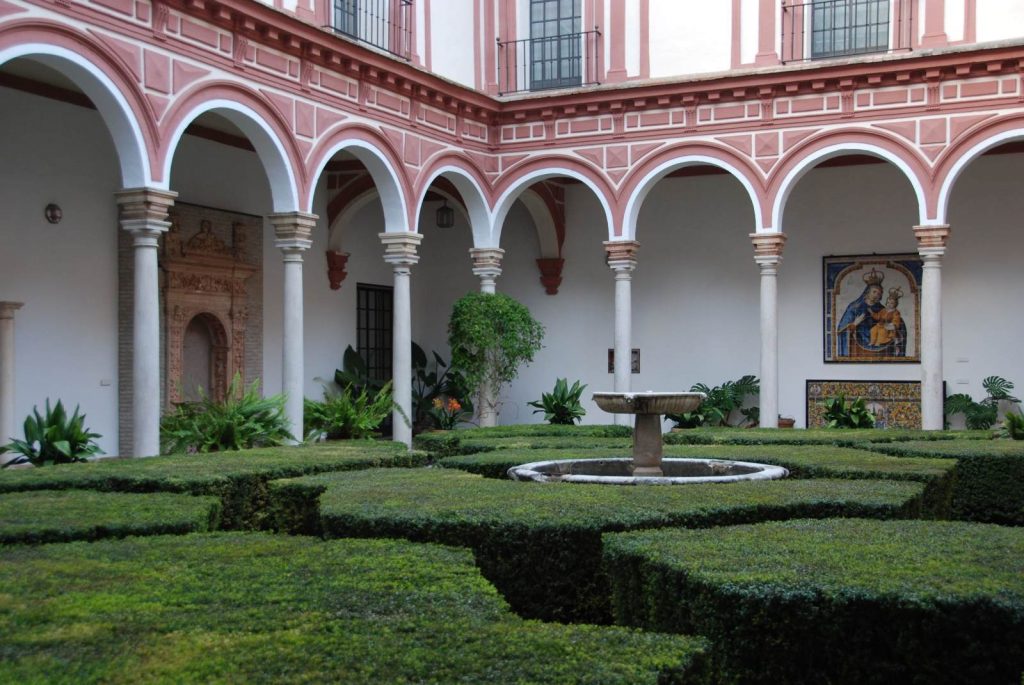
Centro Andaluz de Arte Contemporáneo (Andalusian Contemporary Art Centre)
Set in a privileged location in the monastery of Santa Maria de las Cuevas, the Andalusian Centre for Contemporary Art houses more than 3,000 works, the vast majority of which have been completed in the last sixty years. The museum usually hosts temporary exhibitions and public events on a regular basis, with free admission from Tuesday to Friday (from 7:00 pm to 9:00 pm).
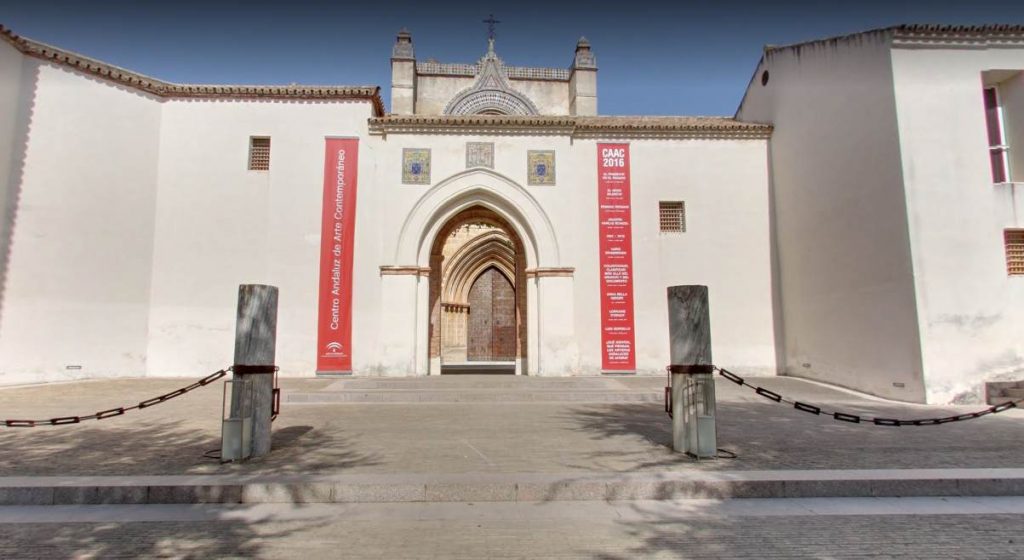
Museo del Baile Flamenco (Flamenco Dance Museum)
Located at Rojas Marcos Street, 3, in the district of Santa Cruz, the Flamenco Dance Museum is one of the most authentic museums in the city and one of the most visited by international travellers. Clichés aside, the museum allows you to learn about the history of the most traditional dance of the south of Spain through highly interactive rooms and a remarkable multimedia show.
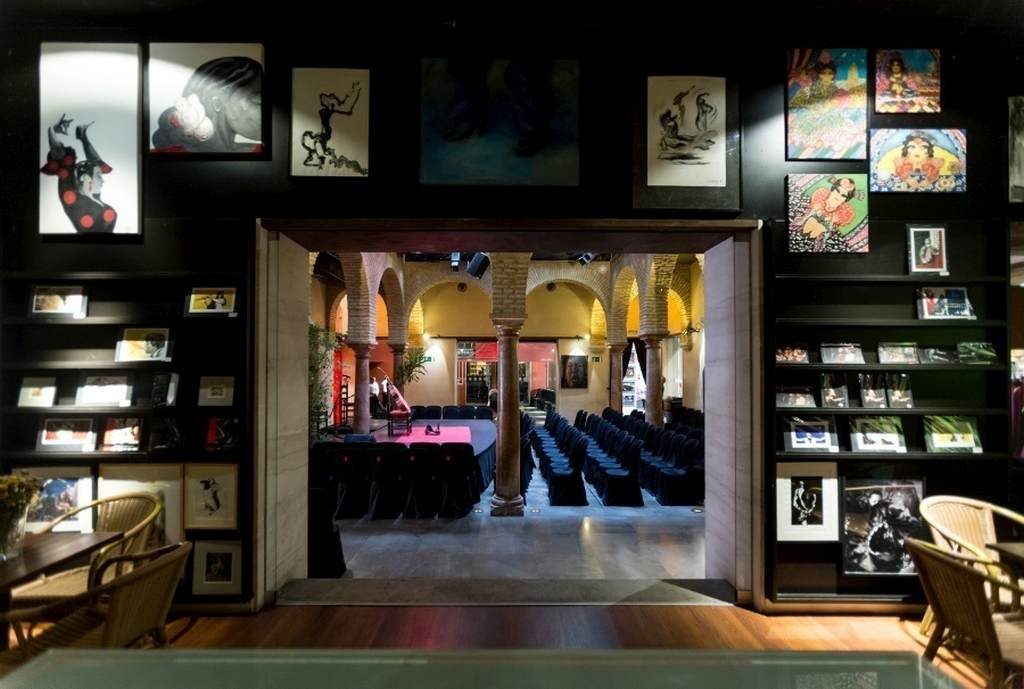
Museo Taurino (Bullfighting Museum)
If flamenco is one of the most powerful heritages of Seville, there is no doubt that the other one is the bull. The Bullfighting Museum is located in the Maestranza Bullring itself, being one of the most complete in the country in this area. In its facilities there are preserved items from the greatest bullfighters, images of the most famous bullfights and works of art inspired by bullfighting (including paintings from the 18th century and pieces signed by Goya), grouped in a series of exhibitions.
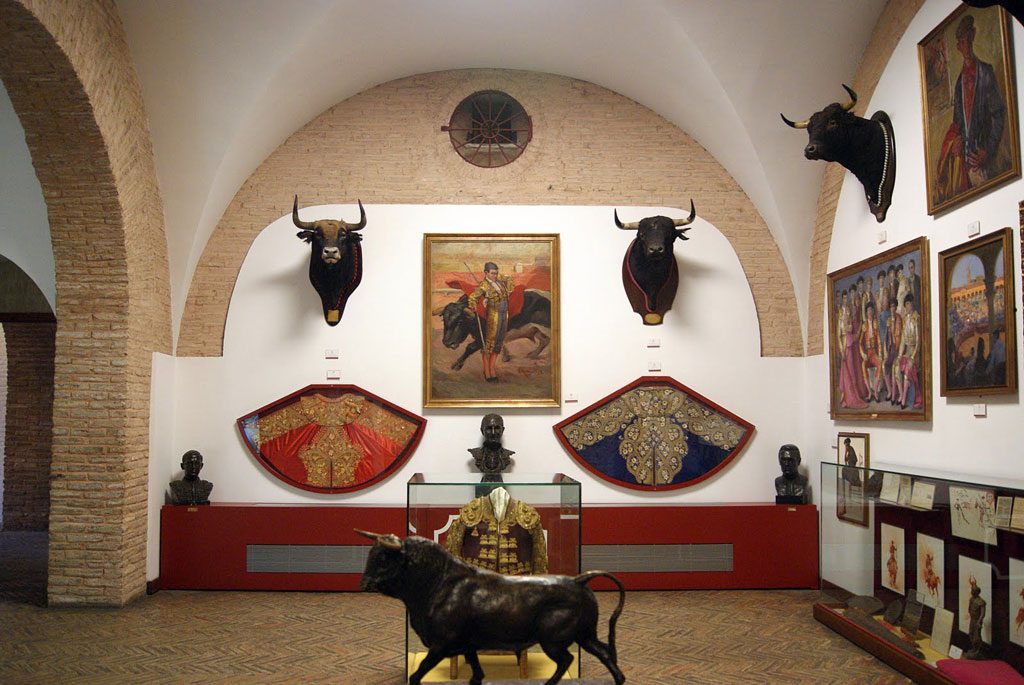
Casa de la Ciencia (The Science House)
It is one of the most recent Seville museums, being located in the Pavilion of Peru on Avenida de María Luisa. Directed by the CSIC, the Science House is established as a venue for scientific exhibitions for all audiences. It is one of the most recommended visits when travelling as a family to Seville, since the museum has numerous learning resources so that the little ones (as well as their parents) understand the importance of all the great scientific advances. There are permanent and temporary exhibitions held in this museum.
Museo Histórico Militar (Military Historical Museum)
Everything in this museum is worth taking photos of, including its location next to the Plaza de España (the Puerta de Aragón). Admission is free (although the museum is closed during the month of August for maintenance), having ten different themed rooms spread across the three floors of the building. Historical documents and pieces from different eras are the main attraction of the museum, which also has simulation rooms.
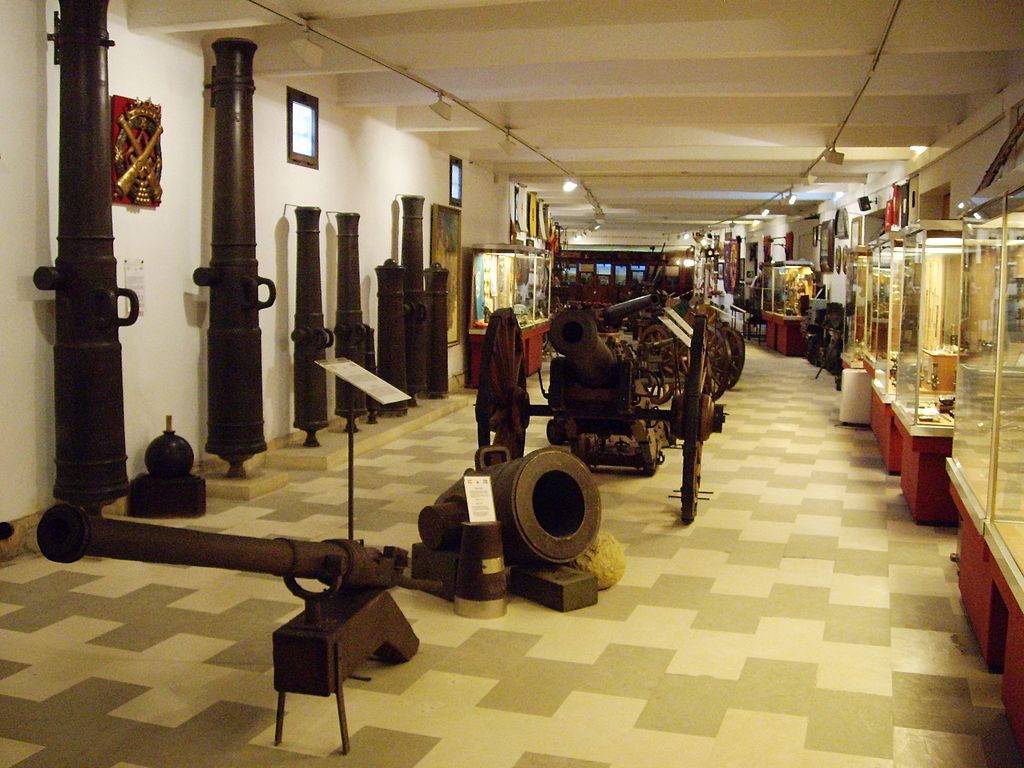
Few museums can compete with the one that’s dedicated to the history of old maps and charts, located inside the iconic Torre del Oro. Seville was the most important port in the country for several centuries and these facilities pay tribute to the hard working marines, who contributed greatly to the city and the entire country.
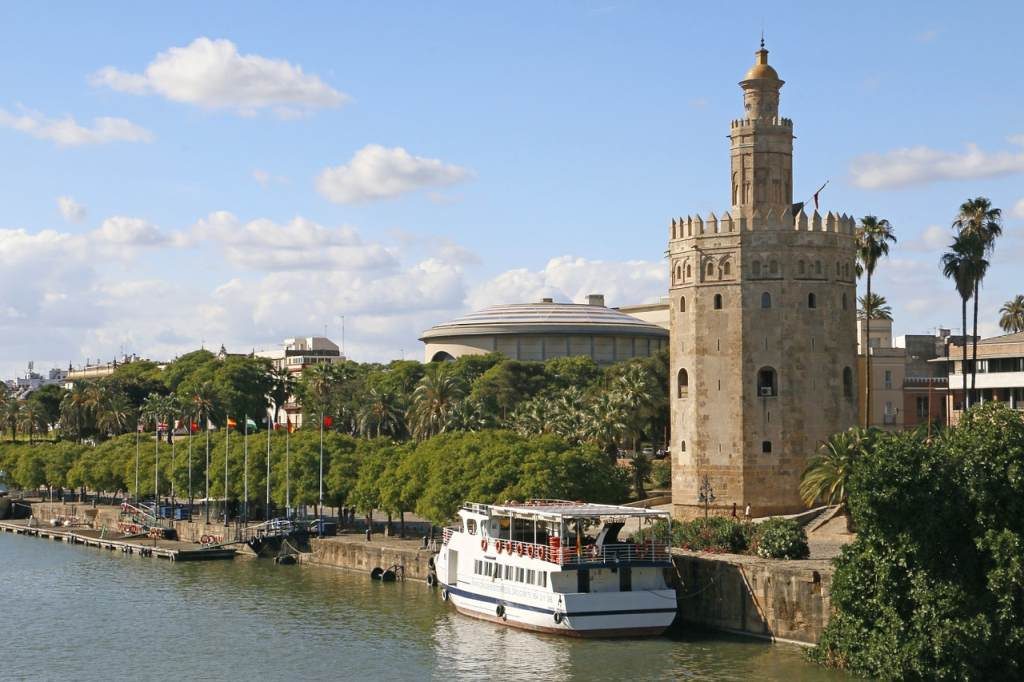
Museo Arqueológico (Archeological Museum)
Plaza de América has once again given access to a museum dedicated to the oldest history of the city and the region. The Archaeological Museum has pieces from the Roman period and even the prehistoric times, such as the famous works of goldsmiths linked to the mythical civilisation of Tartessos. It should be noted that most of the pieces have been masterfully restored by the conservation and restoration workshop present in the museum.
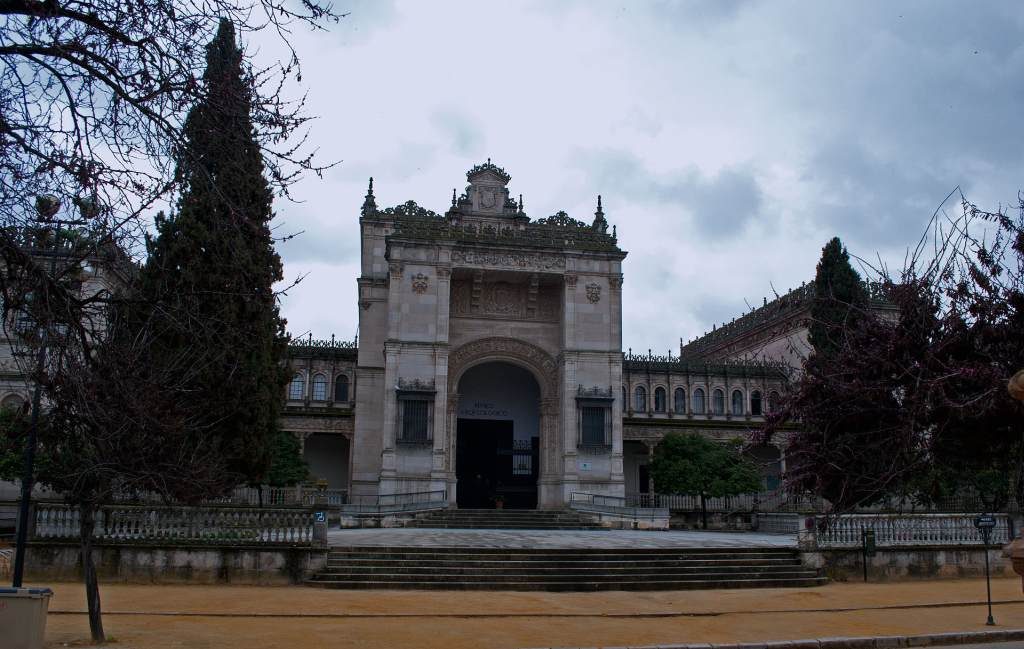
Museo de Artes y Costumbres Populares (Museum of Arts and Popular Customs)
Located just in front of the previous museum, the Museum of Arts and Popular Customs reveals a more complete picture of the unique features of the city. The galleries of the building display numerous objects related to the lifestyle of the Sevillians throughout history.
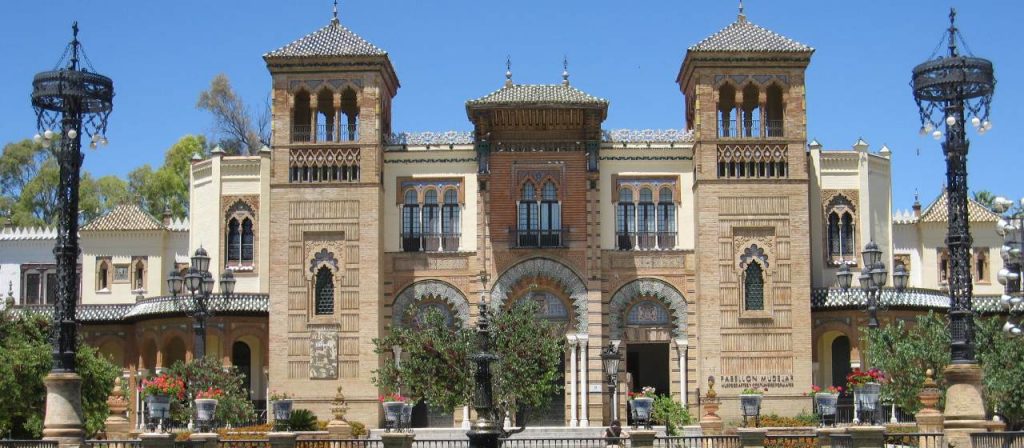
Museo de Carruajes (Carriage Museum)
One of the most popular experiences in a visit to Seville is to go on a tour in a horse-drawn carriage through the main points of interest of the old town. The Carriage Museum, located in the old Convent of Los Remedios, preserves harnesses, wagons, and horse-drawn carriages from all eras.
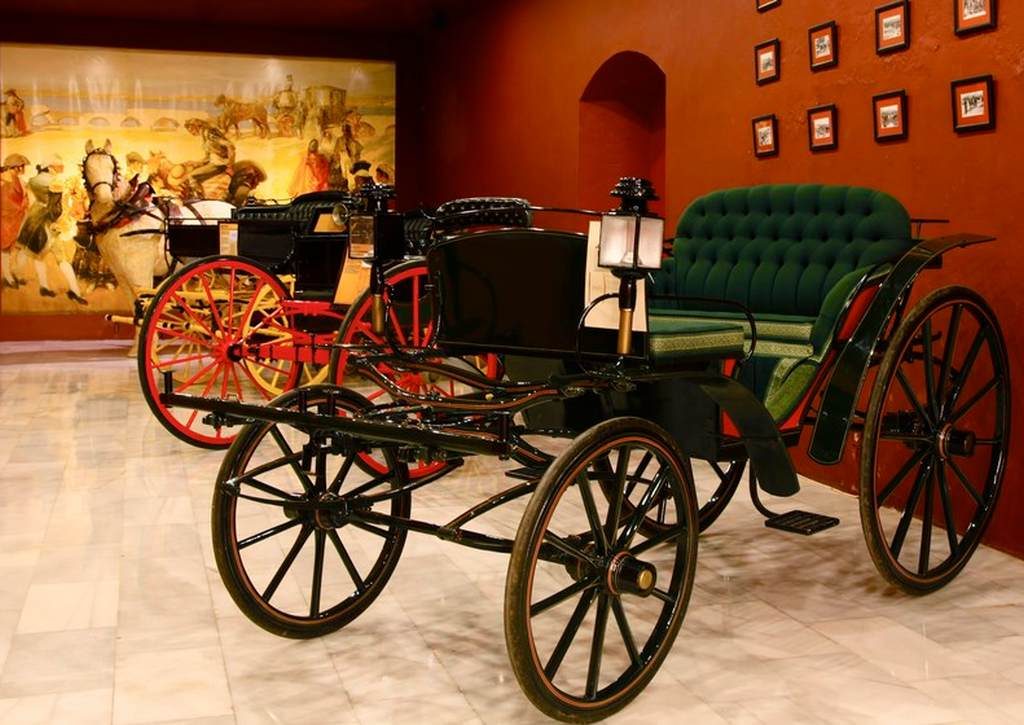

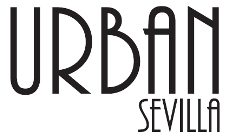
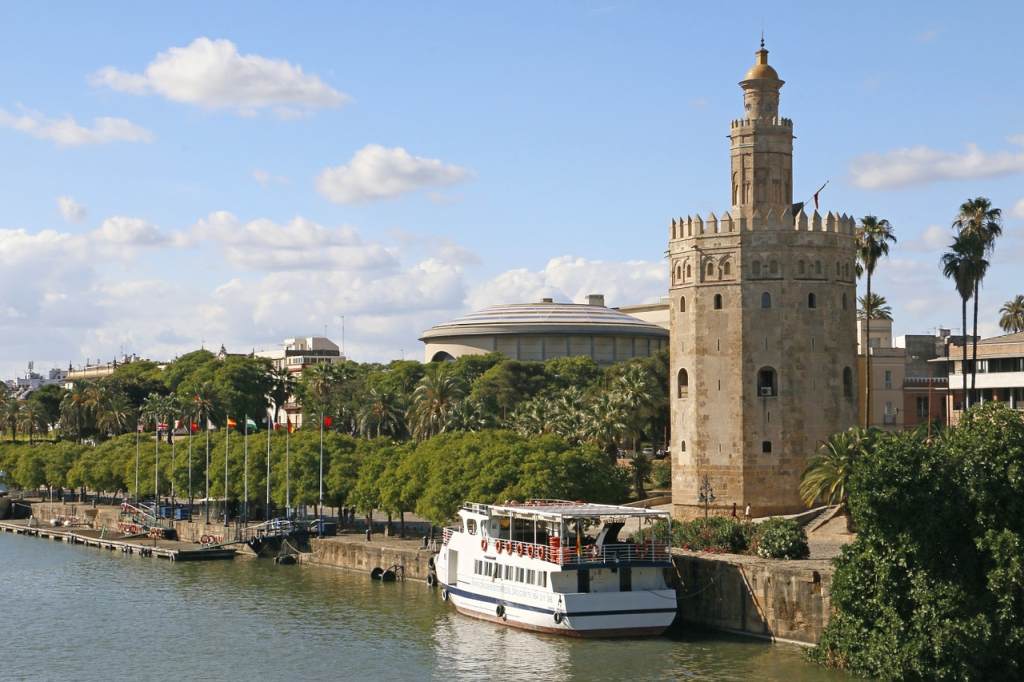
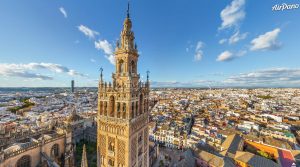
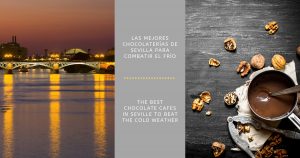
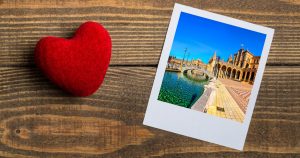
Pingback: Districts and Neighbourhoods of Seville - Urban Sevilla